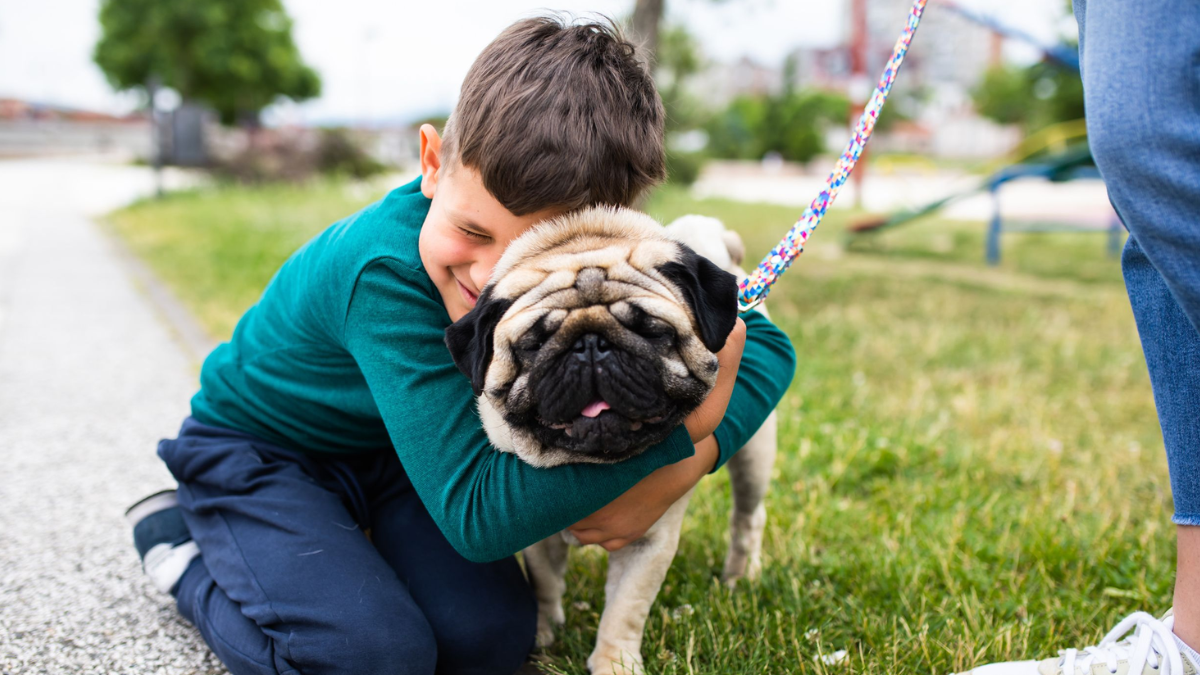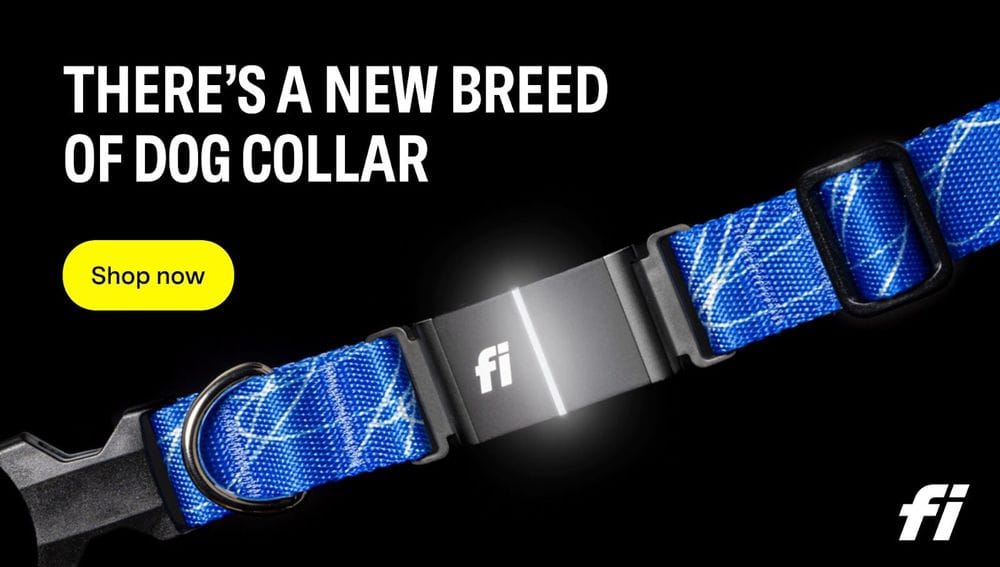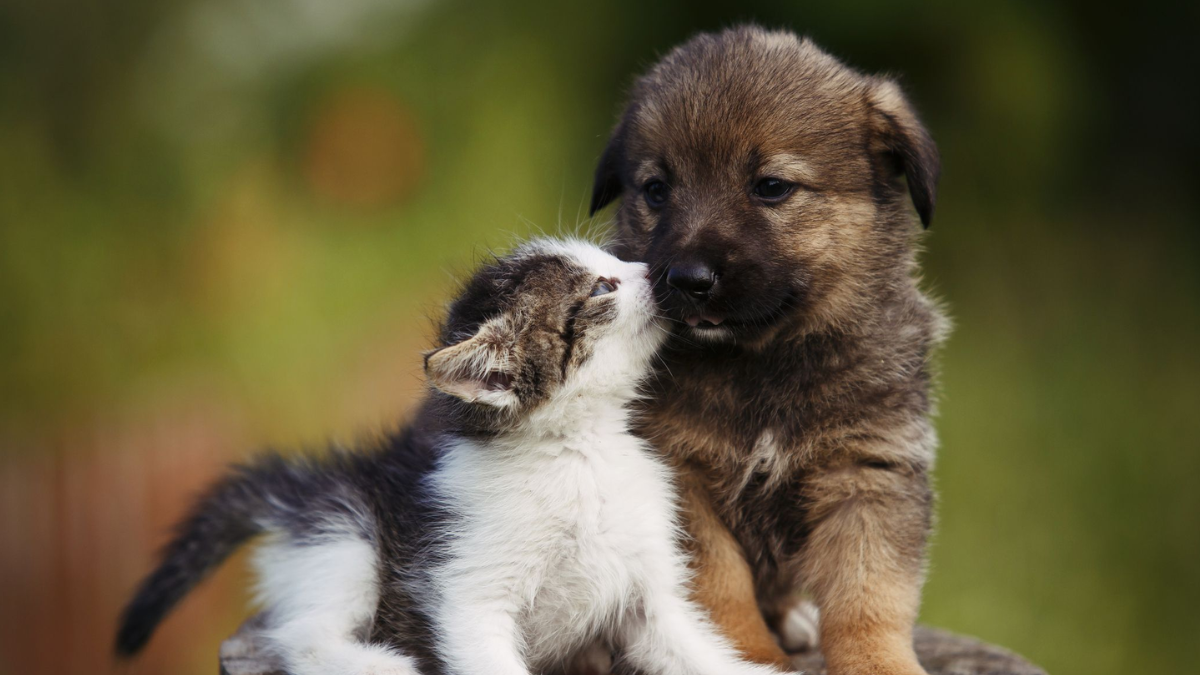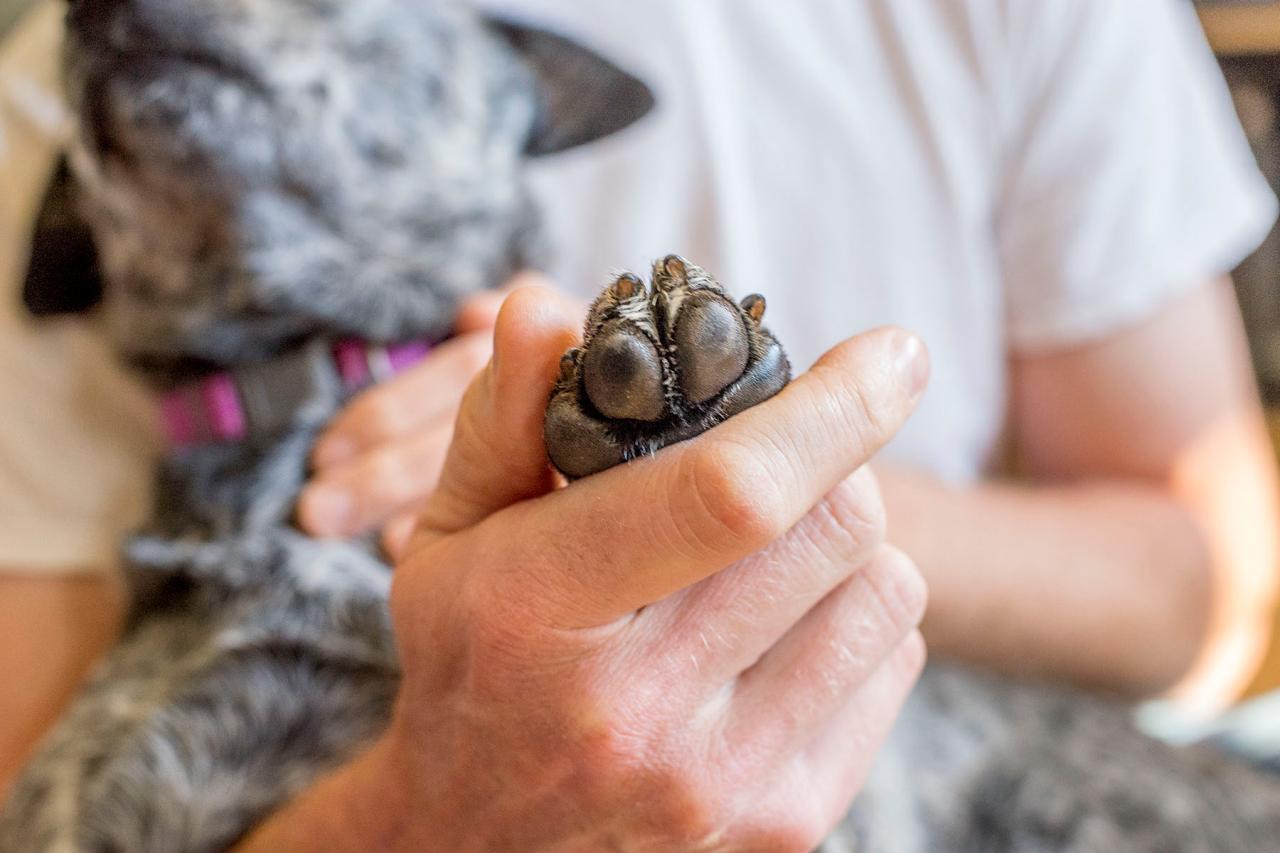Cute aggression is a term used to describe the feeling of wanting to squeeze, pinch, or even bite something that is considered cute by a feeling of overwhelming emotion. While it may seem strange to want to hurt something that we find cute, cute aggression is a normal and common response to cute stimuli.

The definition of cute aggression can be somewhat confusing, as it is not a term that is commonly used in everyday language. However, researchers have identified it as a distinct emotional response that occurs when we are presented with something that we find cute. This response is characterized by a desire to physically harm the cute object, which can range from a gentle squeeze to a more aggressive bite. While this may seem counterintuitive, it is thought to be a way for our brains to regulate the intense emotions that are associated with cuteness.
Key Takeaways
- Cute aggression is a normal and common emotional response to cute stimuli.
- It is characterized by a desire to physically harm the cute object, which can range from a gentle squeeze to a more aggressive bite.
- Researchers believe that cute aggression is a way for our brains to regulate the intense emotions that are associated with cuteness.
Definition of Cute Aggression
Cute aggression is a phenomenon that occurs when individuals experience an overwhelming feeling of positive emotions, such as love or adoration, in response to an object or creature that is perceived as cute. This emotional response is often accompanied by an urge to squeeze, pinch, or even bite the object of affection.
Psychological Perspective
From a psychological perspective, cute aggression is thought to be a way for individuals to regulate their emotions. According to a study published in the journal "Frontiers in Behavioral Neuroscience," individuals who experience cute aggression may be using it as a way to counteract the overwhelming positive emotions they are feeling. By expressing the opposite emotion, in this case, aggression, they can balance out their emotional state and return to a more neutral level.
Neuroscientific Viewpoint
From a neuroscientific viewpoint, cute aggression is thought to be related to the brain's reward system. When individuals see something cute, such as a baby animal, their brain releases dopamine, a neurotransmitter associated with pleasure and reward. However, if the dopamine release is too intense, it can become overwhelming and lead to the experience of cute aggression.
Research has also shown that the brain regions associated with cute aggression are the same regions that are activated when individuals experience intense positive emotions, such as romantic love. This suggests that cute aggression may be a natural response to overwhelming positive emotions, rather than a pathological condition.
Overall, cute aggression is a complex phenomenon that is still being studied by researchers. While it may seem strange to some, it is a common experience for many individuals and may serve an important function in regulating emotions and experiencing pleasure.
Causes of Cute Aggression
Evolutionary Theories
Cute aggression, the urge to squeeze, pinch, or bite something cute, has been observed in many people. Some evolutionary theories suggest that this behavior may be a way for humans to regulate their emotions. According to these theories, seeing something cute, such as a baby or a puppy, triggers an emotional response that can be overwhelming. This response can be so intense that it becomes uncomfortable, leading to the urge to release it through physical actions.
Another evolutionary theory suggests that cute aggression may be a way for humans to protect and care for their young. The urge to squeeze a cute baby or animal may be a way to test their strength and ensure their survival. This behavior may have been adaptive in the past when humans had to protect their young from predators and other dangers.
Emotional Regulation
Research has also shown that cute aggression may be a way for people to regulate their emotions. When people feel overwhelmed by positive emotions, such as joy or love, they may experience a surge of negative emotions, such as anxiety or fear. This surge of negative emotions can be uncomfortable and lead to the urge to release them through physical actions, such as squeezing or biting.

Cute aggression may also be a way for people to cope with stress. When people are under stress, they may experience a surge of negative emotions, such as anger or frustration. This surge of negative emotions can be overwhelming and lead to the urge to release them through physical actions, such as squeezing or biting.
Overall, while the exact causes of cute aggression are not fully understood, it appears to be a common and normal behavior. It may be a way for people to regulate their emotions and cope with stress, or it may be an evolutionary adaptation to protect and care for the young.
Manifestations of Cute Aggression
Cute aggression is a phenomenon that is characterized by the urge to squeeze, pinch, or bite something that is perceived as cute. This behavior is often accompanied by feelings of overwhelming positive emotions, such as joy or love. However, it is important to note that cute aggression is not a form of aggression in the traditional sense, as it is not intended to cause harm or inflict pain.
Physical Expressions
Physical expressions of cute aggression are the most common manifestations of this behavior. These expressions can range from gentle touches to more forceful actions, such as squeezing or pinching. Some people may also feel the urge to bite or nibble on something cute, such as a baby's chubby cheeks or a kitten's paw.
Studies have shown that physical expressions of cute aggression are more likely to occur when an individual is feeling overwhelmed by positive emotions. For example, a person may feel the urge to squeeze a cute animal when they are experiencing feelings of intense love or joy.

Verbal Expressions
Verbal expressions of cute aggression are also common. These expressions can range from playful teasing to more aggressive statements, such as "I want to eat you up!" or "You're so cute I could die!"
Verbal expressions of cute aggression are often used as a way to express intense positive emotions playfully. However, it is important to be mindful of the impact that these expressions can have on others. Some people may feel uncomfortable or even threatened by aggressive-sounding statements, even if they are meant to be playful.
In conclusion, cute aggression is a complex phenomenon that is characterized by the urge to express overwhelming positive emotions physically or verbally. While this behavior is not intended to cause harm or inflict pain, it is important to be mindful of how it is expressed to avoid causing discomfort or distress to others.
Research on Cute Aggression
Quantitative Studies
Several quantitative studies have been conducted on the phenomenon of cute aggression. In one study, participants were shown pictures of cute animals and asked to rate their level of cuteness. They were also asked to rate their desire to squeeze or pinch the animals. The study found that there was a positive correlation between cuteness ratings and the desire to engage in cute aggression.
Another study used functional magnetic resonance imaging (fMRI) to examine the brain activity of participants when viewing cute animals. The study found that the brain's reward center was activated when viewing cute animals, but the brain's aggression center was also activated. This suggests that cute aggression may be a result of conflicting emotional responses in the brain.
Qualitative Analyses
Qualitative analyses have also been conducted on cute aggression. In one study, participants were asked to describe their experiences with cute aggression. The study found that cute aggression was often accompanied by feelings of overwhelming emotion, such as happiness or love. Participants also reported that engaging in cute aggression helped to regulate these intense emotions.

Another qualitative study explored the cultural differences in the expression of cute aggression. The study found that while cute aggression was a universal phenomenon, how it was expressed varied across cultures. For example, in some cultures, cute aggression was expressed through verbal expressions of affection, while in other cultures, it was expressed through physical touch.
Overall, the research on cute aggression suggests that it is a complex phenomenon that involves both positive and negative emotional responses in the brain. While more research is needed to fully understand the mechanisms behind cute aggression, these studies provide valuable insights into this fascinating phenomenon.
Cultural Aspects of Cute Aggression
Global Perceptions
Cute aggression is a phenomenon that is not limited to any particular culture or region. However, how it is perceived and expressed can vary across different societies. In some cultures, the expression of intense emotions, including aggression, is considered inappropriate or even taboo. In others, it is seen as a natural and acceptable part of human behavior.
For example, in Japan, the concept of "kawaii" or cuteness is highly valued, and it is not uncommon for people to express their affection for cute things by squeezing, pinching, or even biting them. This behavior is known as "kawaii aggression" and is considered a harmless way of expressing one's emotions.
In contrast, in Western cultures, aggression is generally viewed as a negative trait and is not socially acceptable. As a result, people may feel guilty or ashamed for experiencing cute aggression and may try to suppress or hide these feelings.

Media Influence
The media can also play a role in shaping cultural perceptions of cute aggression. In recent years, there has been a growing trend in popular culture towards cute and cuddly characters, such as the Minions from the Despicable Me franchise or Baby Yoda from The Mandalorian. These characters are often designed to be irresistibly adorable, and their cuteness can elicit strong emotional responses from viewers.
However, the media can also perpetuate harmful stereotypes and reinforce negative attitudes towards aggression. For example, in some cartoons or video games, characters may be portrayed as aggressive or violent to be perceived as "cool" or "tough". This can lead to a normalization of aggressive behavior, which can have negative consequences in real life.
Overall, the cultural aspects of cute aggression are complex and multifaceted. While it is a universal phenomenon, how it is perceived and expressed can vary widely across different societies and cultures. The media can also play a role in shaping these perceptions, both positively and negatively.
Coping with Cute Aggression
Behavioral Strategies
People who experience cute aggression can try different behavioral strategies to cope with their feelings. One strategy is to physically remove oneself from the cute stimulus. For example, if someone experiences cute aggression when they see a cute puppy, they can leave the room or look away from the puppy. This can help reduce the intensity of their feelings.
Another strategy is to redirect their aggression towards a non-living object. For example, they can squeeze a stress ball or punch a pillow to release tension. This can help prevent them from acting aggressively towards the cute stimulus or other people.
Psychological Interventions
For people who experience severe or distressing levels of cute aggression, psychological interventions can be helpful. One such intervention is cognitive-behavioral therapy (CBT). CBT can help individuals identify and challenge their negative thoughts and beliefs about cute stimuli. This can help reduce the intensity of their feelings and prevent them from acting aggressively.

Another intervention is exposure therapy. Exposure therapy involves gradually exposing the individual to the cute stimulus in a safe and controlled environment. Over time, this can help desensitize them to the stimulus and reduce their aggressive feelings.
It is important to note that while these strategies and interventions can be helpful, they may not work for everyone. It is important to seek professional help if the feelings of cute aggression are causing significant distress or interfering with daily life.
Conclusion:
In conclusion, the intriguing phenomenon of "Cute Aggression" sheds light on the intricate workings of human emotions and behavior. Through our examination, it has become clear that the seemingly paradoxical urge to react aggressively to something adorable is a fascinating aspect of human psychology.
Research suggests that cute aggression serves as a mechanism for regulating overwhelming positive emotions, allowing individuals to manage intense feelings of affection or adoration. By expressing these emotions through gentle aggression, individuals may find a sense of balance and relief.
Furthermore, the universality of cute aggression across different cultures and age groups underscores its significance in understanding human behavior. From infants to adults, the impulse to respond to cuteness with aggression appears to be a common human experience.
In summary, cute aggression provides valuable insights into the complexity of human emotions and how individuals express affection. By delving into this phenomenon, researchers gain a deeper understanding of the mechanisms underlying emotional regulation and response. Thus, the study of cute aggression continues to offer rich opportunities for exploration and discovery in the field of psychology.
Frequently Asked Questions (FAQs)
- What psychological mechanisms underlie the urge to squeeze something adorable?
- Research suggests that the urge to squeeze cute things, also known as "cute aggression," may be a way for individuals to regulate their emotions. When people are overwhelmed with positive emotions, such as when they see something cute, their brains may respond by triggering negative emotions to balance out the positive ones. This can lead to the desire to express those negative emotions physically, such as by squeezing or biting.
- How does cute aggression manifest in romantic relationships?
- Cute aggression can sometimes manifest in romantic relationships as well. For example, one partner may feel the urge to pinch or squeeze the other when they find them particularly cute or endearing. This behavior can be harmless and even endearing in some cases, but it's important to make sure that both partners are comfortable with the level of physical affection being expressed.
- Can the impulse to bite when experiencing cuteness be considered normal?
- The impulse to bite when experiencing cuteness, also known as "cute biting," is not necessarily abnormal. However, it's important to make sure that this behavior is consensual and not causing harm to anyone involved. If cute biting is causing discomfort or distress, it may be a good idea to seek the advice of a mental health professional.
- Is there a connection between attention-deficit/hyperactivity disorder (ADHD) and increased cute aggression?
- There is some evidence to suggest that individuals with ADHD may be more likely to experience cute aggression. However, more research is needed to fully understand the relationship between these two phenomena.
- Are certain individuals more predisposed to experiencing cute aggression?
- Research suggests that certain personality traits, such as extraversion and neuroticism, may be associated with increased levels of cute aggression. However, it's important to note that everyone is different, and there is no one "type" of person who is more likely to experience this phenomenon.
- Does cute aggression have any correlation with autism spectrum disorder?
- There is some evidence to suggest that individuals on the autism spectrum may be less likely to experience cute aggression. However, more research is needed to fully understand the relationship between these two phenomena.






